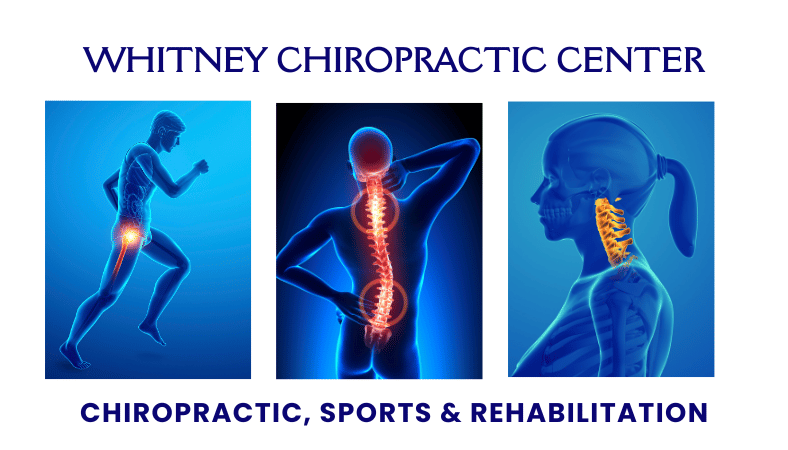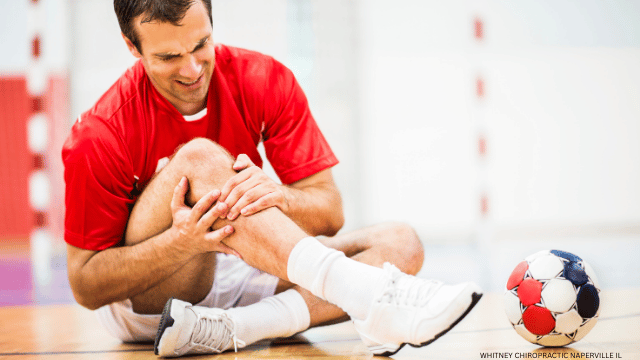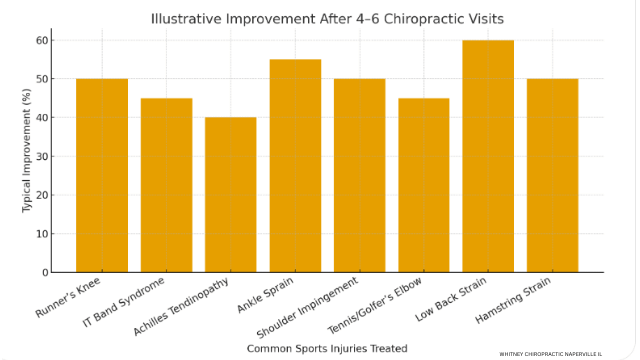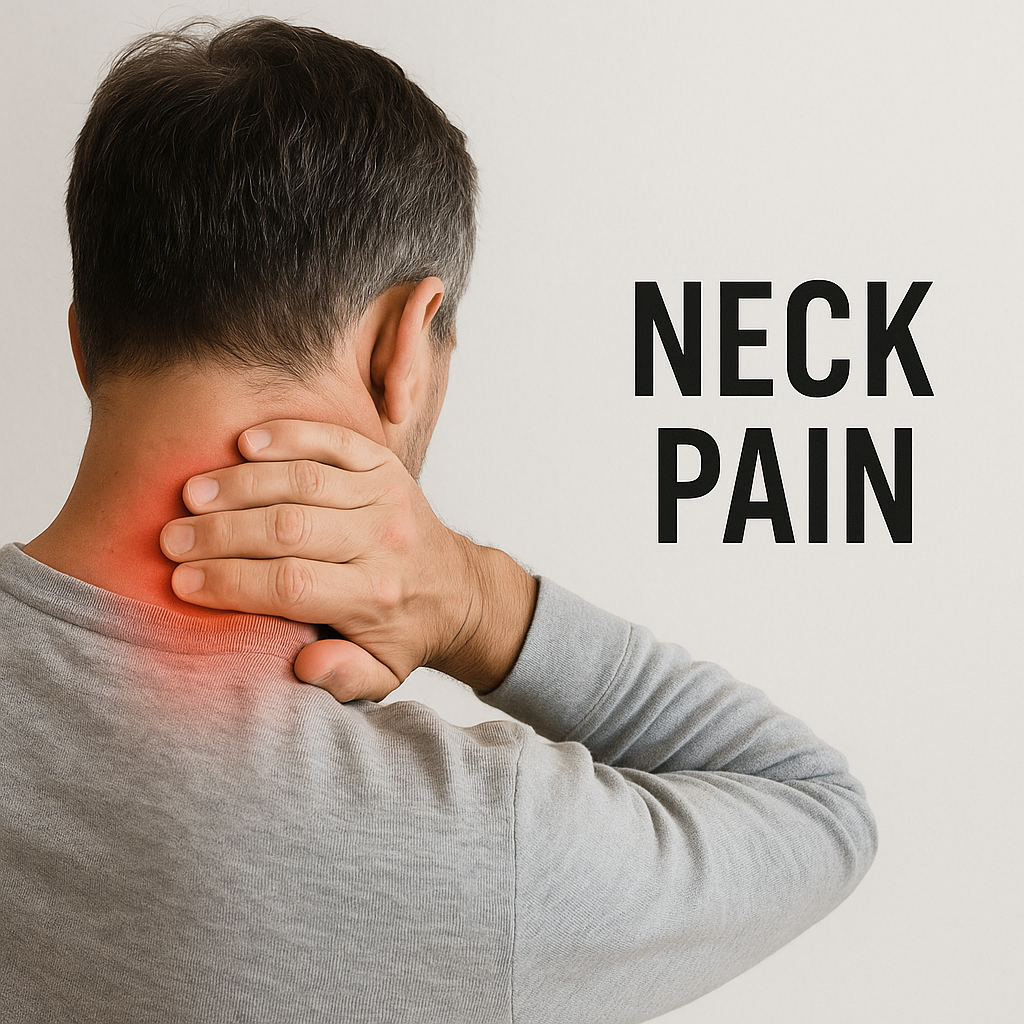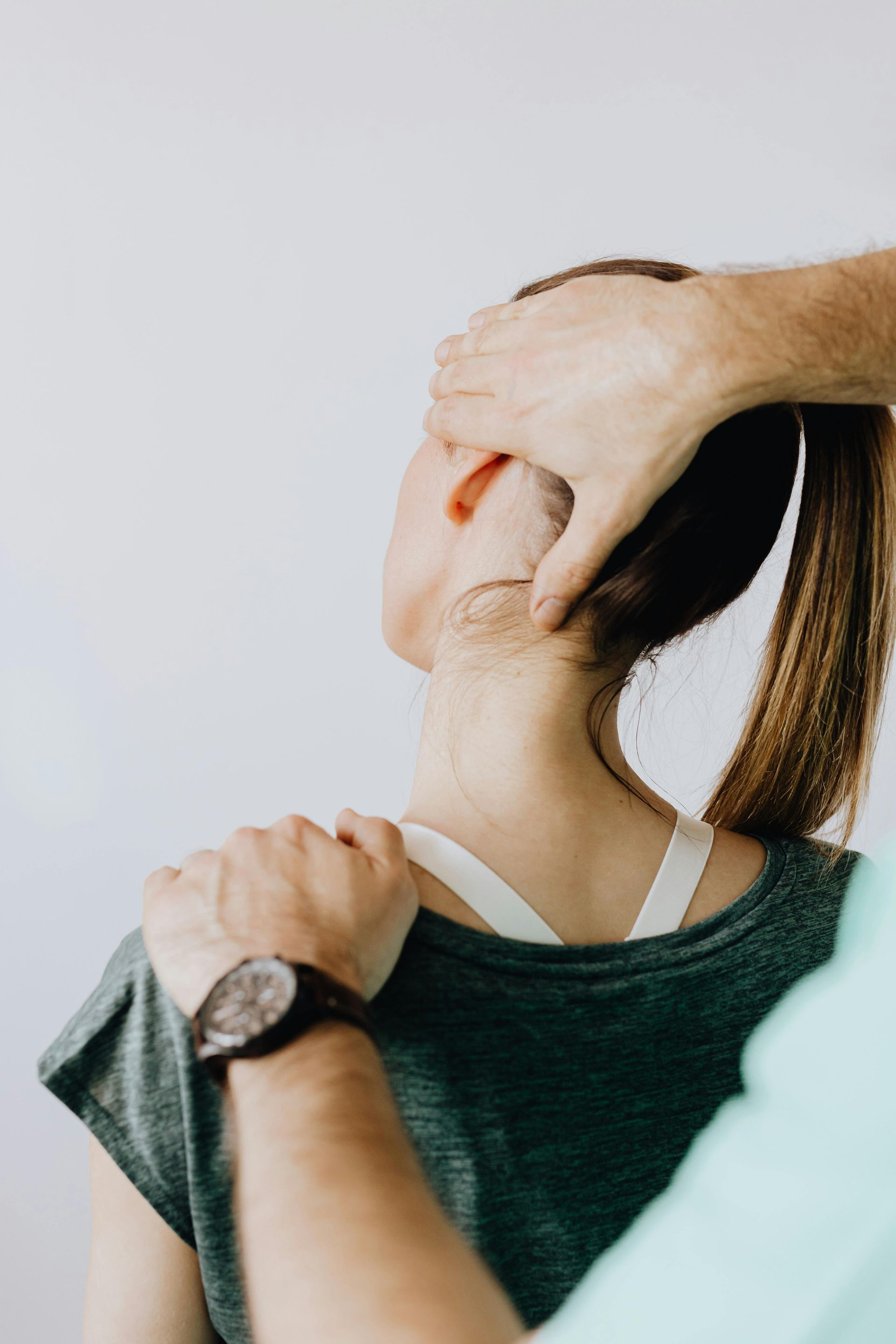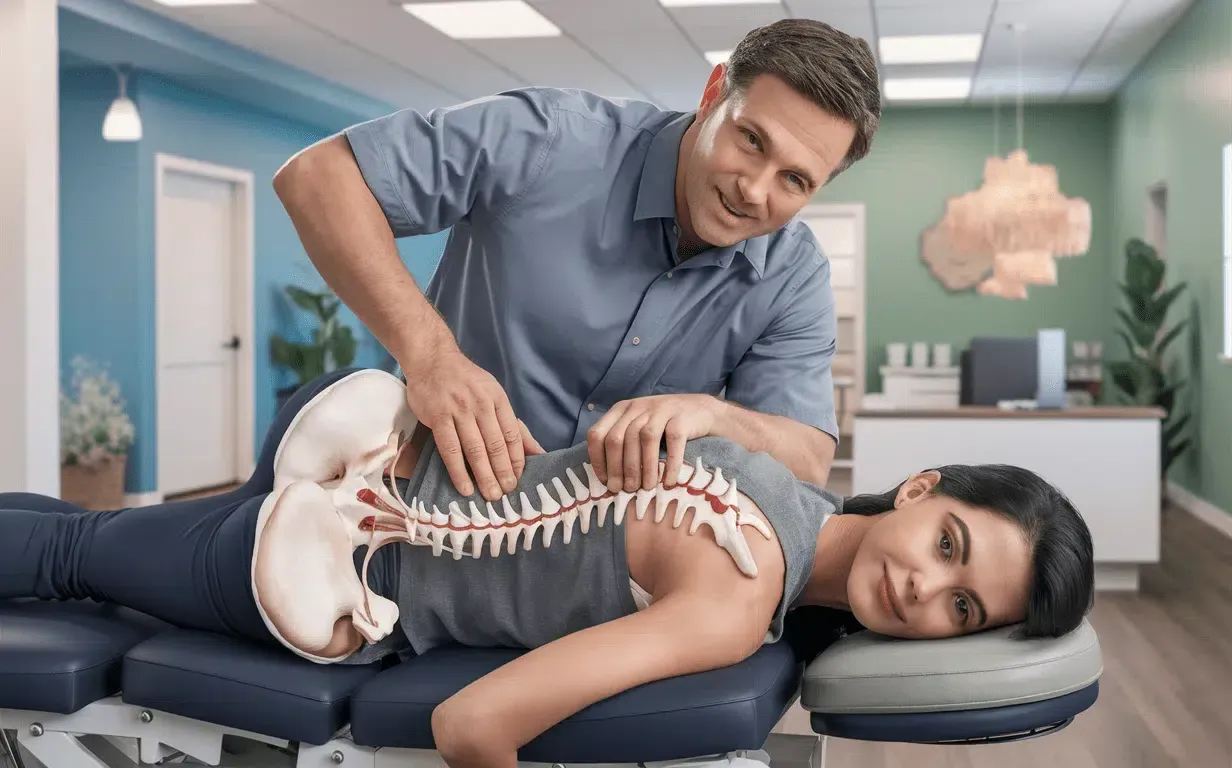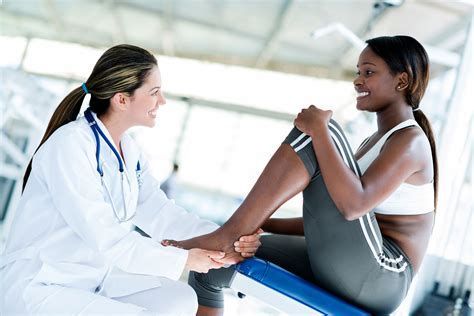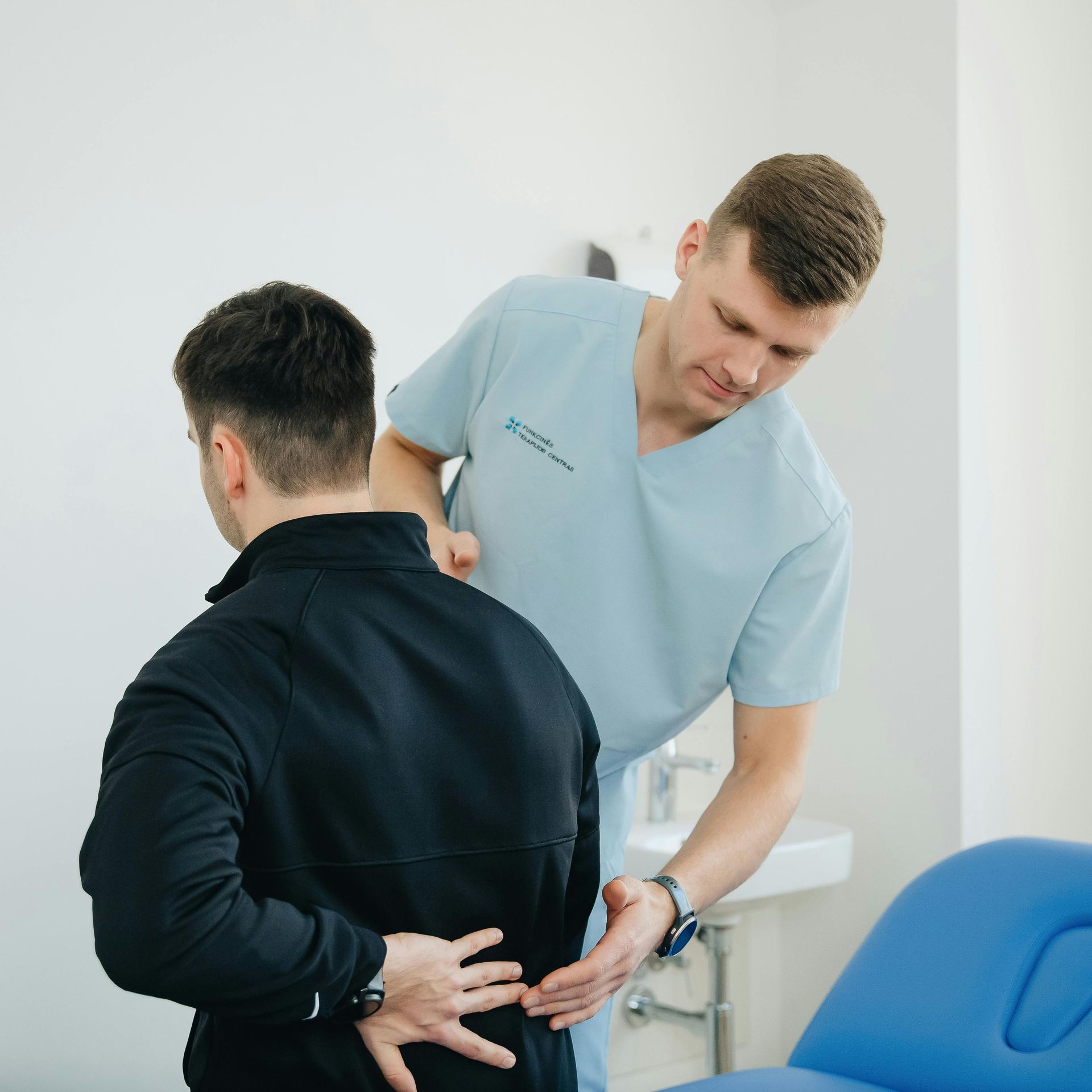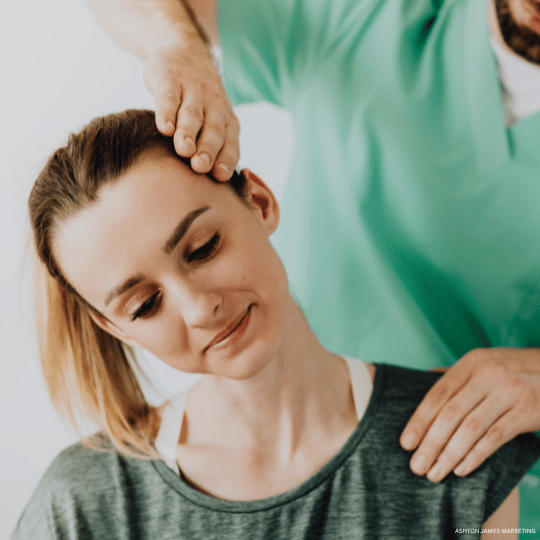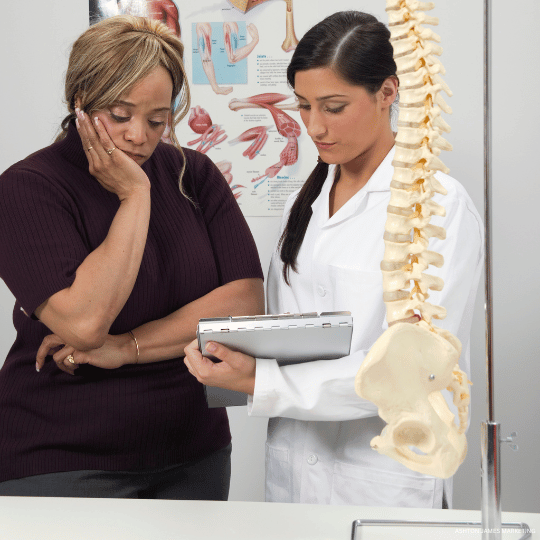Sports Injuries We Treat in Naperville
—and How Chiropractic Care
Helps You Get Back in the Game Faster
If you’re active in Naperville—whether you’re running the Riverwalk, playing pickup at Nike Sports Complex, or competing for your high school or club team—you know how fast a nagging ache can turn into a season-derailing injury.
At Whitney Chiropractic Center of Naperville, IL, Dr. Richard Whitney helps athletes of all ages recover faster, move better, and reduce the risk of re-injury with evidence-informed chiropractic care and active rehab.
Quick take: Chiropractic isn’t just “back cracking.” With the right assessment and plan, it can help with knee pain from running, ankle sprains, shoulder impingement, golfer’s elbow, hamstring strains, low-back tightness, and more—so you can return to the activities you love with confidence.
Common Sports Injuries We See (and Why They Happen)
- Runner’s Knee (Patellofemoral Pain): Often tied to hip weakness, foot mechanics, or training spikes (too much, too soon).
- IT Band Syndrome: Friction/overload along the outside of the knee from mileage increases, downhill running, or pelvic control issues.
- Achilles Tendinopathy: Overuse and reduced calf flexibility/strength; aggravated by sudden intensity changes.
- Ankle Sprains: Ligament overstretching from cutting, jumping, or uneven surfaces; frequently leaves residual stiffness and instability if not fully rehabbed.
- Shoulder Impingement/Rotator Cuff Irritation: Common in swimmers, lifters, and overhead athletes when scapular mechanics aren’t optimal.
- Tennis/Golfer’s Elbow: Tendon overload from repetitive gripping or wrist/forearm motion; often coexists with shoulder or neck mobility restrictions.
- Low-Back Strain: Can stem from hip immobility, core endurance deficits, or poor lifting technique.
- Hamstring Strains: Sprinting or sudden acceleration without adequate posterior-chain strength or mobility.
How Dr. Whitney Treats Athletes:
Our 4-Part Protocol
- Sport-Specific Assessment
- Posture, gait/run analysis, joint range of motion
- Strength and control testing (glutes, core, scapular stabilizers)
- Load tolerance screens (how much your tissues can safely handle)
- Hands-On Treatment
- Spinal & Extremity Adjustments to restore joint motion and decrease pain
- Soft-Tissue Therapies (myofascial release, trigger point work, instrument-assisted techniques) to reduce tension and improve tissue glide
- Active Rehab & Mobility
- Corrective exercises to fix the why behind the pain (hip control, ankle dorsiflexion, thoracic mobility, eccentric tendon loading, etc.)
- Progressive strengthening and return-to-play drills that match your sport
- Performance & Prevention
- Warm-up sequences, recovery routines, load management, and movement coaching
Footwear/gear guidance, taping/bracing when appropriate
The chart below shows example improvement ranges athletes commonly report after 4–6 visits when combining chiropractic care with targeted rehab (results vary based on injury severity, training demands, and adherence).
What Benefits Can You Expect?
- Faster recovery from common overuse and sprain/strain injuries
- Less pain and stiffness with improved joint mechanics
- Better mobility and movement quality (run, jump, lift with better form)
- Stronger, more resilient tissues via progressive, sport-specific loading
- Lower re-injury risk thanks to technique fixes and prevention strategies
- Confidence returning to play with a clear, stepwise plan
Real-World Examples of Care Plans
- Ankle Sprain (Basketball/Volleyball):
Week 1–2: swelling control, gentle adjustments, ankle mobility; balance drills
Week 3–4: resisted band work, single-leg strength, hop progressions; return-to-cutting plan - Runner’s Knee (5K/Marathoners):
Hip/glute strengthening, patellar tracking drills, cadence tweaks, ankle dorsiflexion work; graded mileage build with cross-training - Shoulder Impingement (Swimmers/Lifters):
Thoracic spine mobility, scapular control, rotator cuff endurance, pressing/pulling technique re-patterning; gradual return to overhead volume - Achilles Tendinopathy
(Runners/Pickleball):
Calf complex loading (eccentric/isometric), foot mechanics, stride changes, surface and volume adjustments; heavy-slow resistance progression
Your First Visit: What to Expect
Thorough history & movement exam (arrive in comfortable clothes).
- Clear diagnosis & plan—what’s injured, what’s contributing, and how we’ll fix it.
- Day-one relief when appropriate (manual therapy, gentle adjustments, taping).
- Take-home exercises in easy, trackable progressions (with sets/reps and how often).
- Follow-ups focused on improving objective measures (strength, range, pain, performance).
FAQs
- Is chiropractic safe for student athletes and adults?
Yes, when delivered by a trained clinician using appropriate screening and techniques. We tailor care to age, sport, and injury history. - Will I just get adjusted?
No. Adjustments are one tool. We also use soft-tissue therapy, mobility work, and progressive strengthening to address root causes. - How many visits will I need?
It depends on the injury and your goals. Many athletes feel meaningful change within a handful of visits, then continue a brief rehab block to lock in gains. - When do you refer out?
We coordinate with local MDs, PTs, orthopedists, and imaging centers if red flags appear (suspected fracture, severe sprain/tear, neurological signs) or if progress stalls.
Ready to Move Better, Play Better, and Recover Faster?
If you’re dealing with a sports injury in Naperville, IL—or want a preventive tune-up—Dr. Richard Whitney would love to help.
Call our clinic or
request an appointment online to start your personalized recovery plan.
Important Note
This article is educational and not a substitute for medical diagnosis or treatment. Always consult a qualified professional for personal medical advice.

